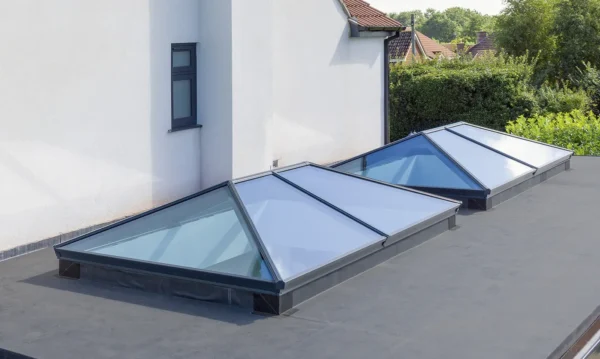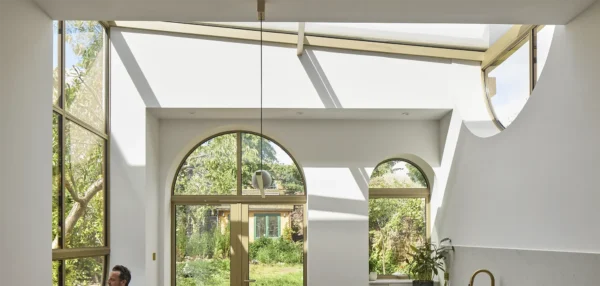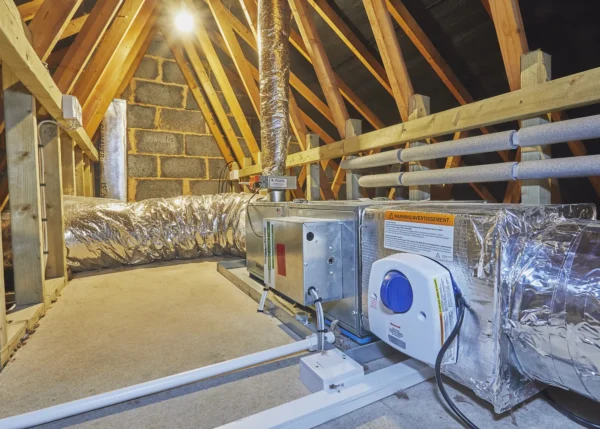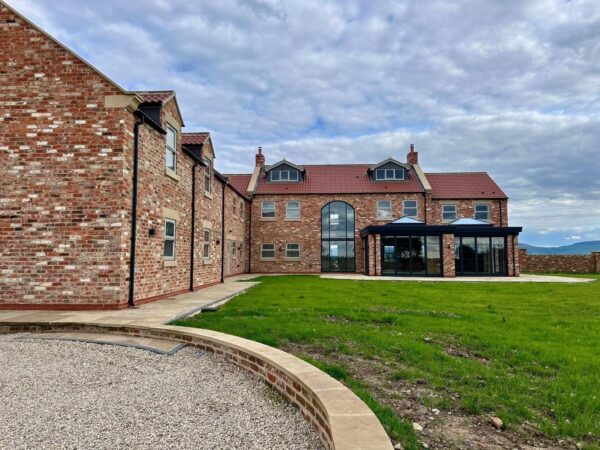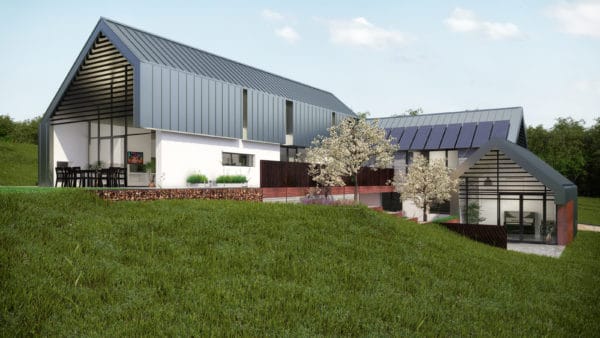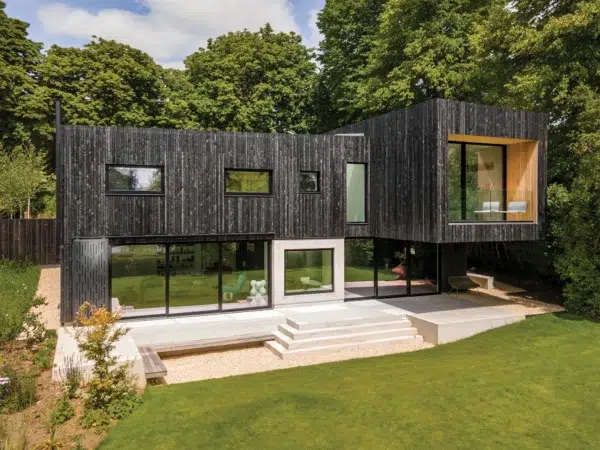Modern Masonry: Why Choose Brick and Block?
Selecting the right structural system for your build is often one of the biggest decisions you’ll face during your project, whether you’re taking on a self build scheme or an extension.
Capable of providing sturdy, long-lasting buildings, it’s not hard to see why masonry has remained a long-time favourite with the UK’s self builders and home extenders.
This tried and tested method offers plenty of scope for eye-catching, original designs. Typically, the materials you need for a brick and block scheme are readily available, too, and can often be sourced locally.
Read more: 10 Myths About Building With Masonry
This cuts down the need to transport the bulk of your construction components from hundreds of miles away, reducing the overall embodied energy of the project.
Plus, the UK is also home to a huge number of construction firms that have plenty of experience working with brick and block, so it should never be too difficult to find the contractor for the job.
Creating kerb appeal
The UK’s architectural landscape features an array of classic masonry homes dating back hundreds of years. “Traditional brickwork has been used for centuries and offers longevity, character and a timeless appearance,” says Jason Hughes, managing director at Imperial Handmade Bricks.
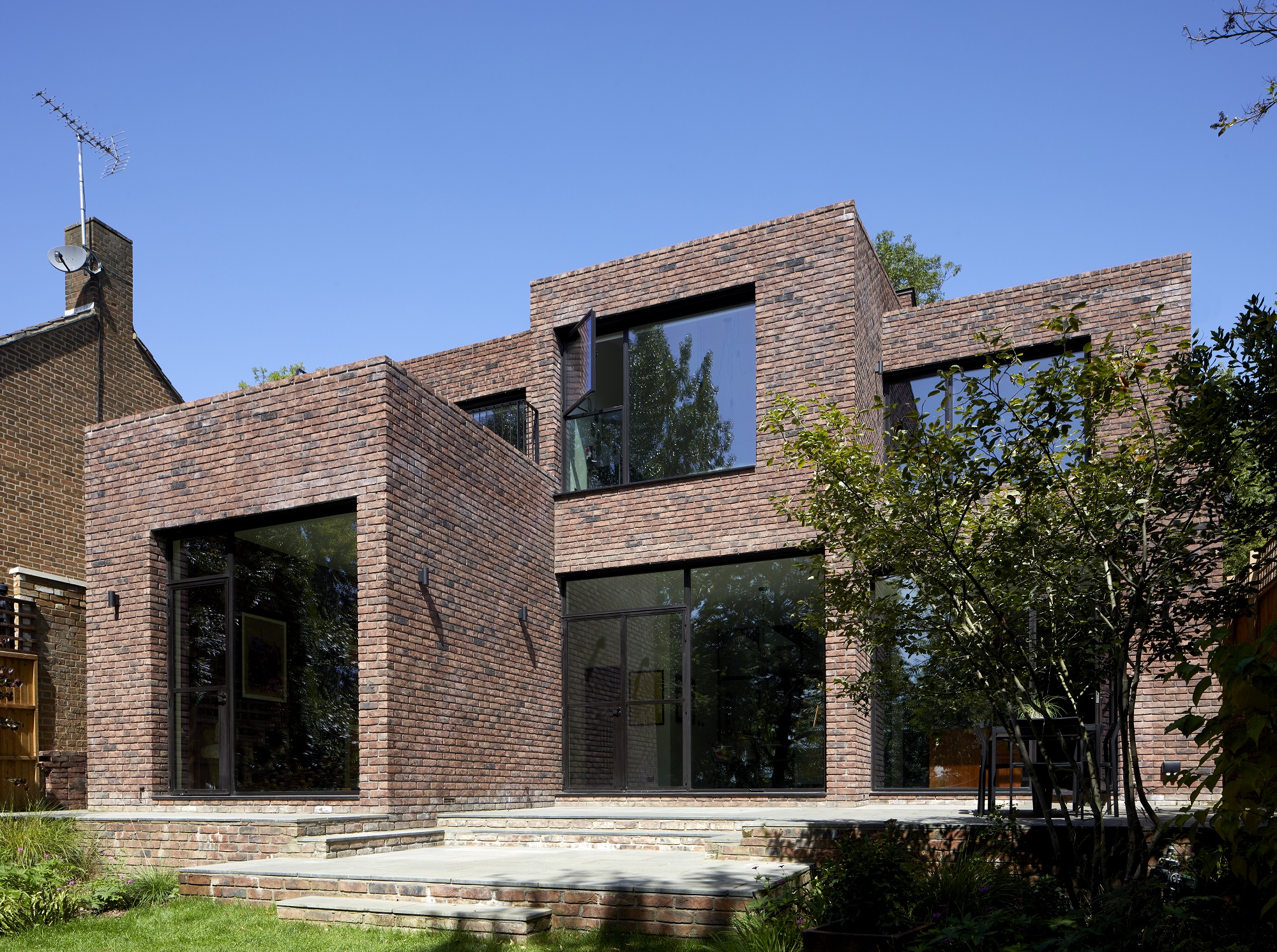
The bricks chosen for this project were selected to reference surrounding buildings. The deep purple shade of this blend provides a striking contrast with the surrounding greenery. The scheme for this new build home was developed by RISE Design Studio
But that doesn’t mean that this material can only be used to establish a characterful façade reminiscent of period architecture. The clean lines and slim proportions of long format units, for instance, offer an eye-catching solution for modern self build and extension projects.
“We’re seeing architects bringing back more decorative brickwork now, using different bonds such as Flemish or herringbone, or to highlight arches over windows and doors,” says Jason.
“Of course, a lot depends on where you are in the country as brick colour, size and texture varies regionally. For example, if you’re building in a conservation area or extending a period property, you’ll want to choose a blend that keeps the planners happy.”
Though an outer skin of brickwork may be the typical choice for your scheme, that isn’t the only solution. Render and various types of cladding can also be used to establish a bespoke finish, with the option of mixing and matching various finishes from a carefully crafted palette of external materials.
Design flexibility
For some people, the thought of a brick and block house might conjure up images of a traditional period property, complete with a cellular floorplan and a partitioned living arrangement.
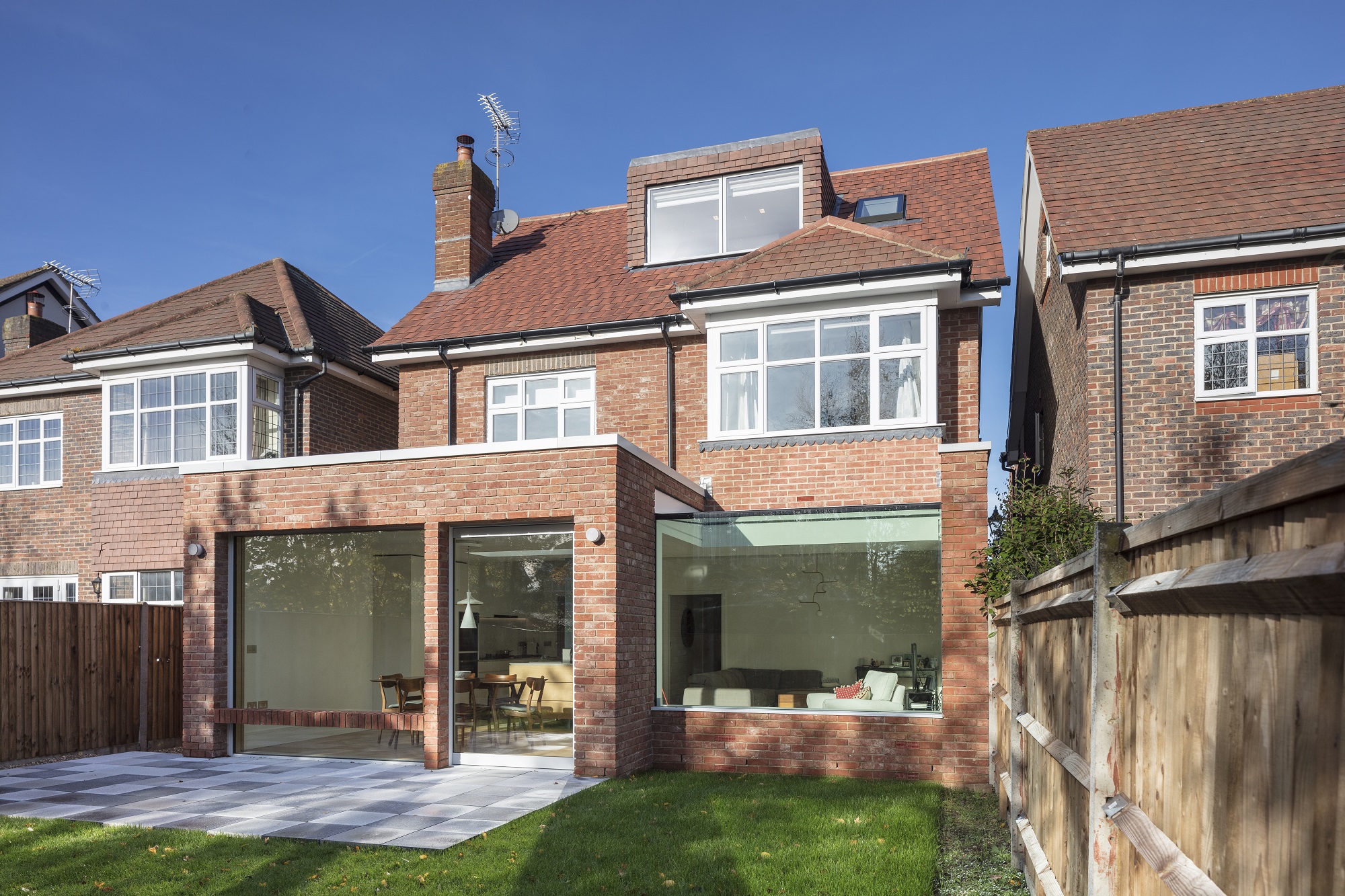
Paul Archer Design crafted the plans for this brick-built extension in North London. The blend chosen for the addition harmonises with the original house
But masonry also offers the scope to create contemporary interiors with light-filled, open-plan layouts. Load-bearing beam and block floors mean it’s possible to achieve broad spans without the need for supporting walls that break up the space.
Plus, the insertion of steelwork allows for as much design creativity, including double height spaces, as any other structural system.
It’s also worth mentioning that working with smaller units on site (ie bricks and blocks instead of precision-engineered building components made offsite) means it’s often feasible to make small tweaks to the interior layout as construction progresses.
Read more: Guide to Specifying Bricks for Your Project
Though it’s never wise to deviate too far from your plans, as this will likely add to time and costs, you’re not tied to your original plans in the same way that you would be for a timber frame house, where the walling elements are manufactured to the precise dimensions specified at the outset.
Thermal benefits of masonry
One of the chief advantages of masonry is the thermal mass of the materials – essentially, your home’s ability to store heat and release it back into the building over a certain period.
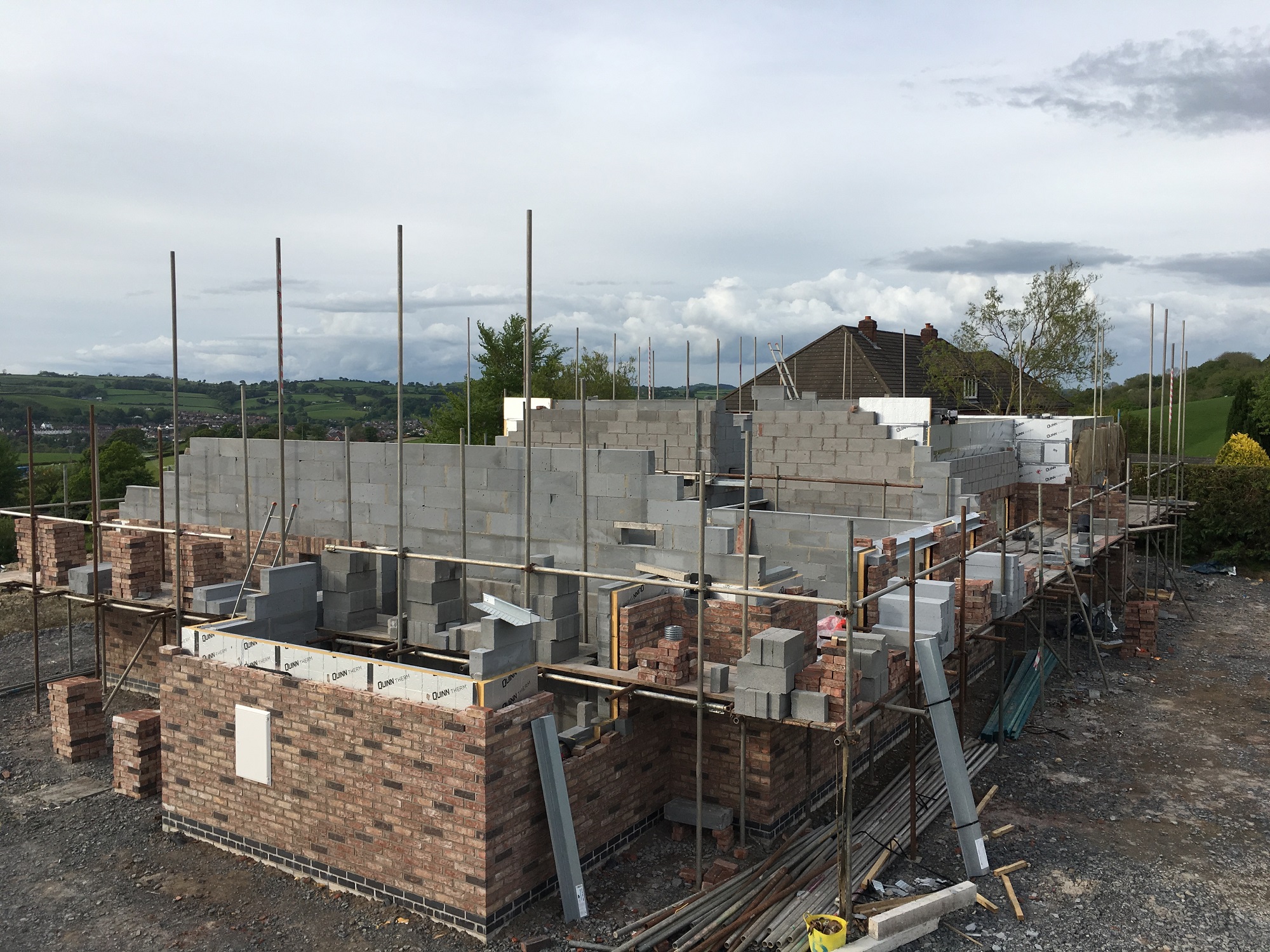
The blocks used for H+H’s thin joint system area aerated, which makes them lighter and easier to handle on site. The adhesive used to bond the units together dries quickly, allowing the brick layer to construct up to full wall height in one day
The bricks and blocks that form the structural fabric absorb the sun’s warmth throughout the day before releasing it back into the house during cooler nighttime hours. This reduces your overall space heating requirements (and therefore your energy bills!), as well as facilitating a comfortable internal environment for you to live in.
Most modern masonry homes are developed using a cavity wall system. Typically, this comprises an inner layer of blockwork, built up in courses, plus an outer skin of bricks. The gap between these two layers is filled with your choice of insulation to ensure efficient thermal performance.
Your home’s ability to retain warmth, therefore, isn’t dictated by the structural system itself, but by the quality of the insulating layer you pack in. The main solutions are rigid foam PIR boards, mineral wool or expanded polystyrene sheets.
Of course, Building Regulations lay out the minimum standards for the U-values (a measure of heat loss, where lower numbers demonstrate better thermal performance) you’ll need to achieve, however, it’s possible to create a brick and block home that far exceeds these efficiency levels.
Building with masonry
The final design and performance of your property aren’t the only factors that will inform the build method for your project. The construction process itself will play an important part in your decision.
Read more: 6 Construction Systems for Your Self Build Project
On the plus side, if you’re keen to get hands on, it might be possible to get stuck in on site by laying some of the bricks yourself – once you’ve undergone some training with your builder.
It is worth bearing in mind, though, that the overall performance of the structural fabric will only ever be as good as the quality of the workmanship.
As a result, masonry is generally thought of as a less consistent route to creating a highly airtight home when compared to something like timber frame or SIPs.
| CLOSER LOOK: How to choose bricks
There’s more than just aesthetics to think about when it comes to specifying materials for your project. Bricks are one of the elements you won’t be able to update later on, so it pays to do your homework and spend plenty of time whittling down the various options until you finalise which product best suits your requirements. “There are several things to consider when making your selection, including size, colour, texture and finish,” says Jason Hughes from Imperial Handmade Bricks. “Enlisting the assistance of a brick expert is key, especially when you need to match an existing building or surrounding architecture.” Finding a reputable supplier is vital, too. It’s always worth double checking that your manufacturer can provide assurances regarding an ethical and responsible fabrication process. “For example, Imperial stipulates that our long-term manufacturing partners meet at least six out of seven internationally recognized manufacturing and supply standards for quality, sustainability and ethical supply,” says Jason. “These include SEDEX ethical training audits, BES 6001 for Responsible Sourcing and ISO 14001 for Environmental Management.” |
As a site-based route to construction, brick and block is also at the mercy of the whims of the British weather. The cement mortar adhesive that forms the glue between your building components takes some time to set, which also means there’s a limit to the number of courses you can build up in one day.
Once on site, brick and block will take longer to reach weathertight than a timber frame would – typically, somewhere between 15 and 20 weeks. However, this needs to be balanced against the fact that any form of construction that involves a high degree of offsite manufacturing comes with a substantial lead time, usually around 12 weeks.
If it’s a speedy build you’re after, modern thin joint masonry has the potential to shave time off your schedule. This system offers a variation on traditional blockwork, as it uses a different type of mortar to bond the units to one another.
It is thinner than conventional cement mortar, providing a joint of around 3mm, which dries out a lot quicker. This allows more courses to be built up during one day, thus increasing the speed of your build.
How sustainable is masonry?
Commissioning your own project offers a golden opportunity to select building materials and processes that benefit the long-term health of the planet. Though brick and block is often considered a traditional solution, that doesn’t mean it lacks sustainable advantages of its own.
“Clay bricks stand the test of time; when constructed with a quality mortar, brickwork is structurally strong, suitable for our climate and designed to last hundreds of years,” says Jason. “Additionally, when buildings are demolished, the bricks are cleaned, packed and resold back into the market, so they have a sustainable element.”
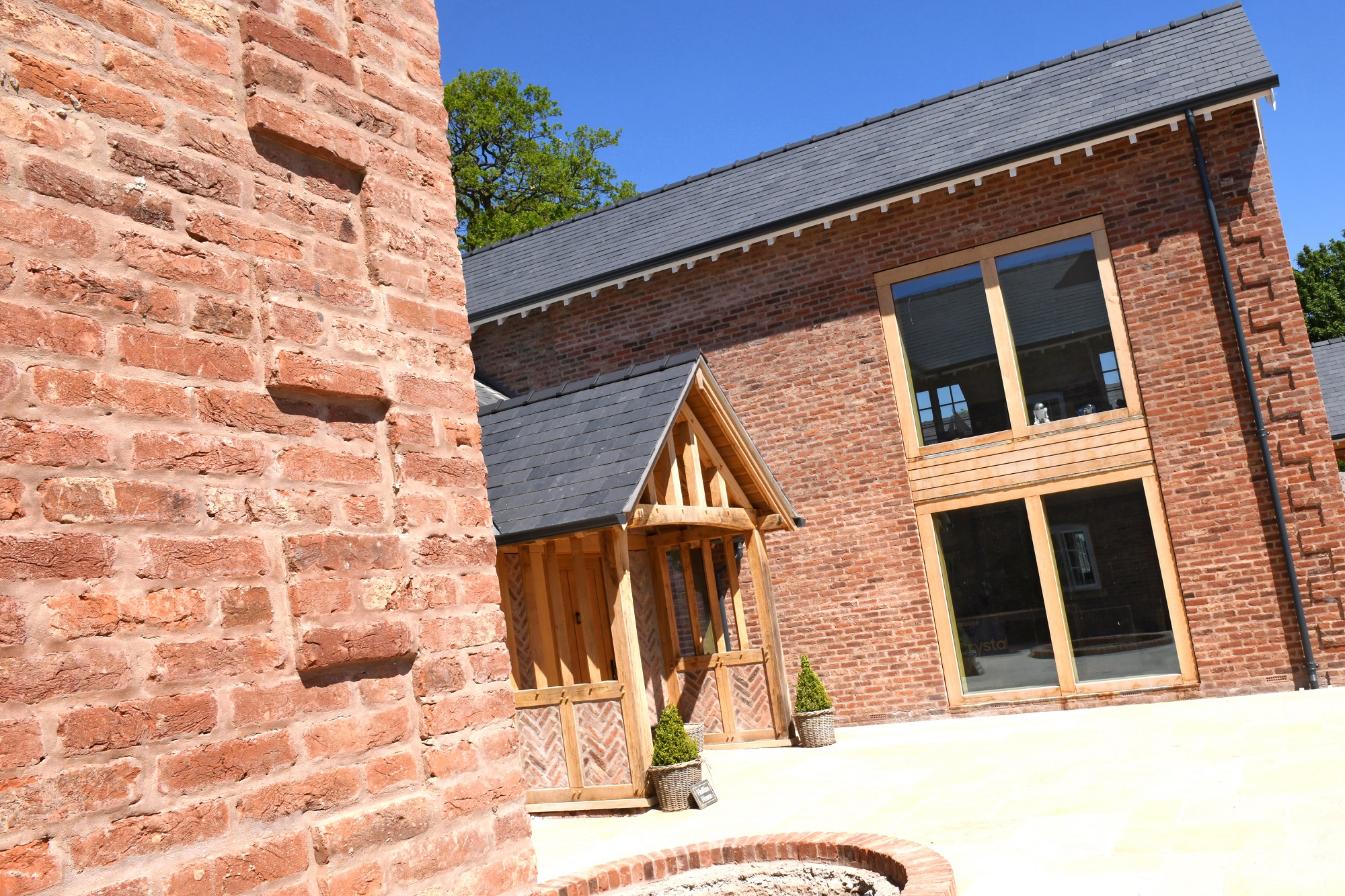
Product match experts from Imperial Handmade Bricks created several sample panels on site so the owner could choose the most appropriate blend for their new family home. They settled on Reclamation Cheshire handmade units to complement the rest of the external materials palette
Many brick and block suppliers in the UK are also striving to make their fabrication processes greener, with a lot of improvements having been made over the past 30 years. Increased use of recycled materials and cleaner burning kilns help reduce the carbon impact of manufacturing procedures.
Where possible, sourcing your materials locally will cut down on the embodied energy of your project, too – that is, the energy consumed in processing and acquiring of raw materials, transporting them to site and building the house up.
Tracking down local brick blends may also be viewed favourably from a planning perspective, as it will help your new house/extension harmonise with the prevalent architectural style.
Lead image: Imperial Handmade Brick’s Soft Red Multi handmade range
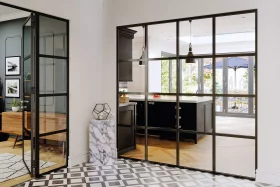
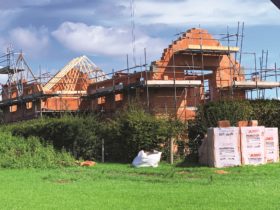






























































































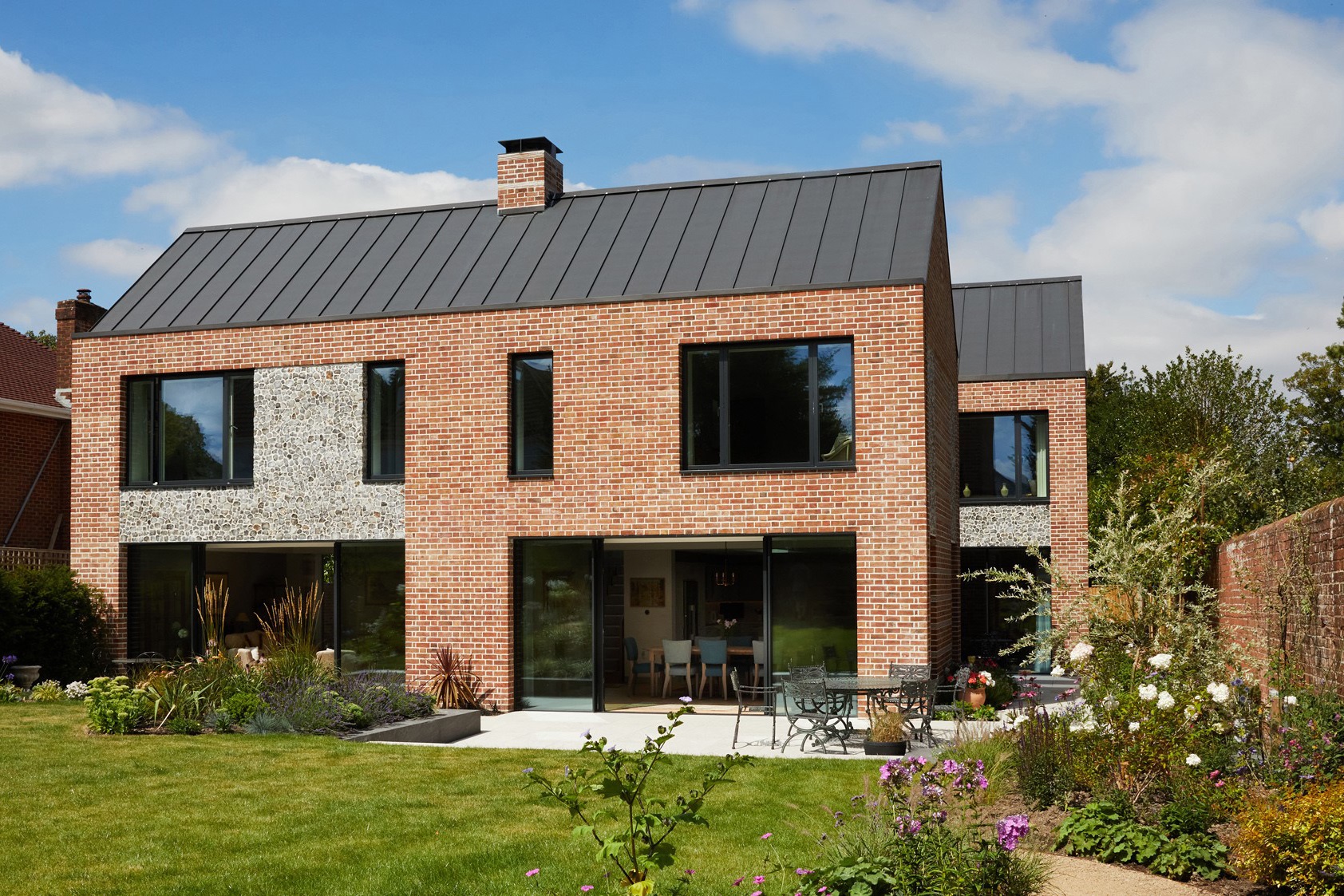
 Login/register to save Article for later
Login/register to save Article for later

